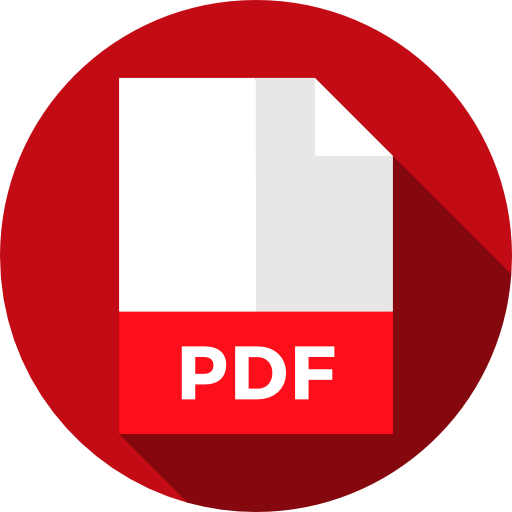The full form of PDF is Portable Document Format. PDF is a file format developed in the 1990s by Abode to view files, such as text formatting & images, independent of application software, hardware & operating systems. In other terms, it is a program, hardware, or operating system-free file type that is used to present and exchange information safely. PDF is a file type that collects as an electronic image all the components of a printed document that someone can display, navigate, print, or forward to others.
Why use PDF files?
PDF files are advantageous due to their universal compatibility, maintaining formatting across devices. They offer security features like password protection and encryption, ensuring document integrity and controlled access. PDFs are read-only, preventing unauthorized editing and are suitable for official papers. They support interactive elements like hyperlinks and forms, making them ideal for e-books and digital forms. With print-friendly design, PDFs guarantee accurate on-screen and printed appearances. They excel in archival quality, preserving content and layout over time. Sharing is easy via email, websites, and file-sharing platforms. PDFs can be optimized for smaller file sizes while retaining quality, aiding in efficient sharing. Industries with regulatory requirements, such as finance and healthcare, use PDFs for secure compliance. Their consistent rendering across devices assures users of accurate document representation. In summary, PDF files combine compatibility, security, and functionality, suitable for personal, professional, and organizational use…
Creating PDF files
There are several ways to create PDF files, but the method will largely depend on the device you’re using. For example, if you’re using Windows 10 you can go to the Print dialog box, then select PDF from the list of printers at the top. This allows you to create a PDF of anything you would normally be able to print, including documents, emails, and web pages.
How are PDFs created?
PDF files are created using tools such as Adobe Acrobat or other Software that can save documents in PDF.
To view saved PDF files, users need either the full Acrobat program, which is not free, or a less expensive program, such as Adobe Reader, which is available for free from Adobe. PDF files can also be viewed in most web browsers.
A PDF file contains one or more page images, each of which users can zoom in on or out from. They can also scroll backwards and forward through the pages of a PDF.
What are the use cases for PDF documents?
Some situations in which PDF files are desirable are the following:
- When users want to preserve the original formatting of a document. For example, if they created a resume using a word processing program and saved it as a PDF, the recipient sees the same fonts and layout that the sender used, for example.
- When users want to send a document electronically but be sure that the recipient sees it exactly as the sender intended it to look.
- When a user wants to create a document that cannot be easily edited. For example, if they wanted to send someone a contract but didn’t want them to change it, the creator could save it as a PDF
What are the benefits of using PDF?
PDF files are useful for documents such as magazine articles, product brochures or flyers, in which the creator wants to preserve the original graphic appearance online.
PDFs are also useful for documents that are downloaded and printed, such as resumes, contracts and application forms.
PDFs also support embedding digital signatures in documents for authenticating the integrity of a digital document.
Can PDFs be converted to other formats?
PDF files can be converted to other file formats, such as Microsoft Word, Excel or image formats, such as JPG. However, the format of the original document may not be perfectly preserved in the conversion process.
FAQs about PDF
A PDF (Portable Document Format) file is a versatile and widely used file format that retains the formatting, fonts, and layout of a document across various devices and platforms.
PDF files are compatible with nearly all devices, maintain formatting integrity, offer security features like encryption and password protection, and are ideal for documents that need to be shared or printed.
You can create a PDF using software like Microsoft Word, Google Docs, or dedicated PDF creation tools. Simply save or export your document as a PDF.
PDFs can be created as read-only or editable files, depending on the settings. Editing PDFs often requires specialized software like Adobe Acrobat.
Yes, PDFs support images, hyperlinks, and interactive elements, making them suitable for e-books, presentations, and forms.







